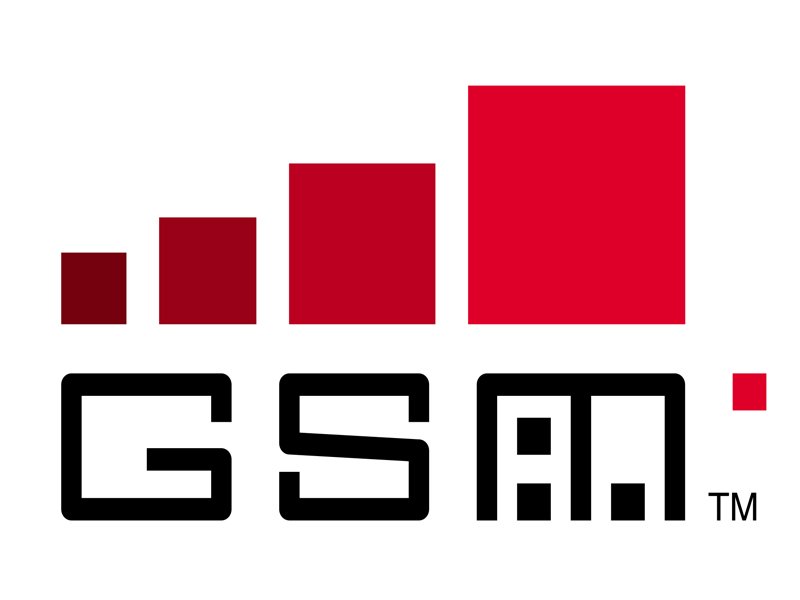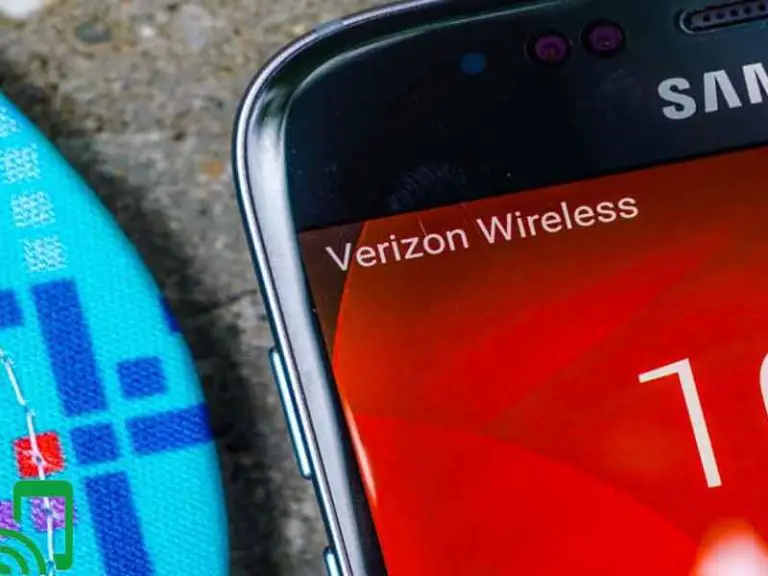What is GSM Network Technology
Globally, there are many tech companies based on manufacturing phones, and they do so using several network technology. The GSM network technology is known to be most used since the late 90s due to its reliability and ability to meet Global standards. However, the big question you may be asking yourself is, what is GSM network technology?
The GSM, or rather a global system of mobile communication, is a digital network that is widely used across the world by mobile phones across the world. There are several network technologies used in the world, but GSM is one of the well-established compared to others like the CDMA. The GSM-compatible phones are manufactured by most tech companies in the world, and you can get a wide variety of phones ranging from mid-range to flagship devices.
The GSM technology has a long history, which dates back into the 90s, but with the advancement in modern network technologies, we may see its fall in several first world countries across the Globe. To learn more about the history of this network and how it works and any other relevant info, I suggest you read this article for more insights.
How was the GSM network technology founded?

GSM dates back in 1975 when Swiss PTT’s Henry Kieffer brought up a suggestion about Europe to have a new spectrum for mobile phones at a frequency of 900 MHz For this to be achieved, the Telecommunications administration created a committee to develop a European standard for digital communication which is the GSM. They also set up new standards which the system was supposed to meet, and they entailed the following;
- It should be of low service costs
- Supports handheld devices
- It should meet the requirements for international roaming support
- It should support ISDN (Integrated services digital network)
Once these standards conditions were met, 13 European countries signed up a contract for the deployment of GSM. Later on, in the same year, GSM saw its expansion of the network frequency bands from 900 MHz to 1800MHz, but before that, GSM had been launched at first in Finland back in 1991.
According to statistics from 2010, GSM had a representation of 80% of the global market; however, several carriers are pulling away from it, and I will explain it later.
How does GSM network technology work?
GSM composes of four separate parts that work together to bring about network connectivity to mobile phones. These four parts are the base station subsystem, the mobile phone itself, the operation and support subsystem (OSS), and the network switching subsystem (NSS).
The BSS works by handling traffic between the phone and the NSS, and it contains two more components that help it achieve this. The BSC, on the other side, is the intelligence behind the BSS, and it communicates and controls a group of BTS.
The NSS is the architecture of the GSM network, and its main purpose is to track the location of callers to enable the delivery of cellular services. The NSS is owned by mobile carriers who use the GSM networks, and it has other subdivisions that help in things like; SMS, routing calls, storing caller’s account information on Sim cards, and also authenticating calls.
Since GSM is Global, almost all GSM operators have agreed to offer to roam to other foreign countries. This is whereby you can use your phone to make calls and send messages plus accessing the internet using while still using your sim card.
The GSM network is also perfectly encrypted against attacks through several means. However, this does not mean that it is not prone to any attacks, and that is why service providers are using tools like ciphers and plaintext to ensure people’s data are kept safe.
Which service providers in the US use GSM network technology?
Service providers that use GSM across the Globe are very many, but in the US, the number is slowly decreasing. This, however, does not mean that the GSM will be shut fully because there are some phones that fully depend on it.
Once a carrier decides to shut down its GSM network, there is a high risk of losing millions of customers something nobody would like to be in. There are MVNOs that use the GSM network, which they have leased from standard service providers. Some of these MVNOs across the US include the following;
- Cricket wireless
- Consumer cellular
- Qlink wireless
- MetrobyT-Mobile
- H2o WIRELESS
- Straight talk wireless
- Red Pocket mobile
- Unreal mobile
- Republic wireless
Among the MVNOs mentioned, some use both GSM and CDMA. This is because they do not own the network transmitters so they can lease network services to both GSM and CDMA carriers. This means that you can get a wide range of phone compatibility, which means you are able to bring your phone without checking for compatibility.
There are also standard network operators who issue the network these MVNOs, and for GSM, there are only two. These service providers are;
Qlink wireless
The Qlink wireless is known to offer the best nationwide coverage and also a wide range of phone compatibility. The cell phone plans available are also affordable.
T-Mobile
T-Mobile has been using the GSM for over a decade. They offer reliable nationwide coverage and also affordable plans. You can learn more about what they have to offer on their website.
How to know a phone is compatible with GSM technology
The process of recognizing a GSM compatible phone is very simple. You can open the casing of the device, and once you see a sim card tray, then you will know it is compatible. However, there are cases whereby people buy GSM-compatible phones only to realize that it is locked to a certain carrier.
To know whether the phones are locked or not, try using several sim cards, and once all the sim cards display network bars, then it is compatible. The best unlocked cell phone deals are a good resource if you wish to get unlocked phones.
Bottom Line
By now, you have prior knowledge of the ins and outs of the GSM network technology. The technology is also facing competition by the presence of 4G LTE networks and also the upcoming 5G. This may see 2G and 3G services being completely shut down, which would lead to a decline in GSM among the first-class countries.






